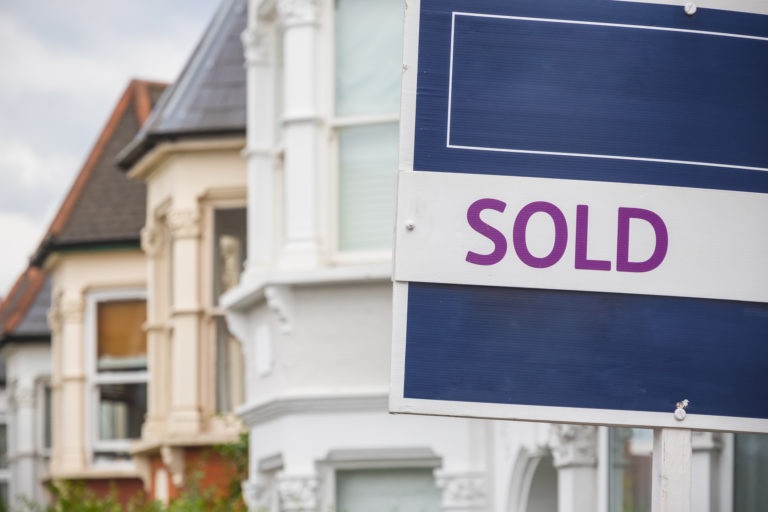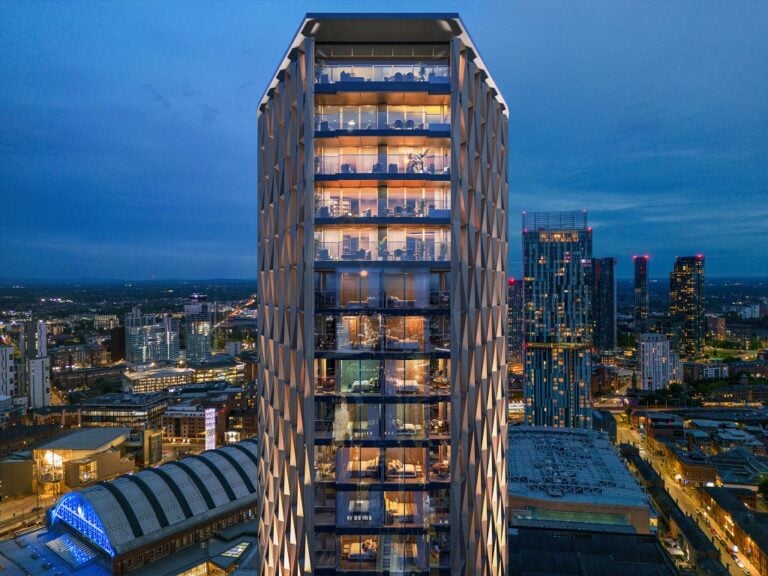Liverpool continues to lead the way in house price rises, while Birmingham and Manchester also performed strongly in the latest figures from Hometrack.
Prices grew by 6.9% in Liverpool in the year to September, according to Hometrack’s UK Cities House Price Index, with an average price of £120,500. Birmingham follows in second place in the list, with the second city’s properties rising by 6.5% in the same period while averaging £163,600.
Overall, the new data shows a slight slowdown in house prices in the 20 cities surveyed, with rises at 3.2% down 0.6% from the September 2017 report, reflecting uncertainties over the economy’s long-term prospects and Brexit.
The index reports that values grew by 3.2% in September, down from 3.8% recorded by Hometrack at the same time in 2017. The average price for a property in the new index is £255,000.
“City level house price growth remains well above average in the most affordable cities,” said Richard Donnell, insight director at Hometrack.
“While the rate of growth has moderated slightly prices in five cities are still rising twice as fast as the growth in earnings. We expect continued price growth in the most affordable markets over the remainder of the year.”
Midlands and northern cities also perform well
The figures point to it being a good time to invest in Liverpool, which was also recently named as the buy-to-let capital of the UK. Birmingham follows the Merseyside city, just ahead of midlands near-neighbour Leicester which saw prices rise by 6.4% and average value of £174,800.
Manchester is fourth in the list, with prices having gone up by 6.2% while averaging £167,800. Sheffield showed an excellent performance in the period in question, prices in the Steel City having risen by 5.8% compared to 4.6% a year earlier, while a property averages out at £139,600.
The report’s London data showed that while prices continue to fall overall in the capital, the rate of decline appears to be slowing. The number of postcodes showing month-on-month price falls is now at 44%, down from a peak of 70% in December 2017. There was a year-on-year fall of 0.4% for the whole of London, but some suburbs showed saw prices go up, with Barking and Dagenham showing a rise of 2.3%.
The outlook appears to be that the market remains cautious but careful analysis of conditions, especially in the northern cities and Birmingham, could yield benefits and bargains for buyers and investors.









